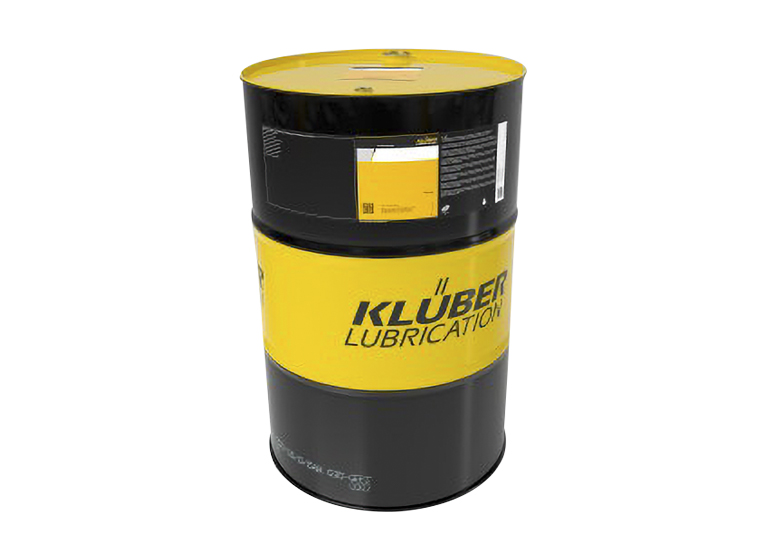- SYNTHESO D oils are used for the lubrication of friction points subject to high temperatures. They are also used as pressure fluids in high-temperature applications, and as heat carrier fluids. Owing to the base oil’s high pressure absorption capacity and good wear protection, SYNTHESO D oils are particularly suitable for hydraulic or heat transfer applications where lubricity has to be ensured at high temperatures.
- SYNTHESO D oils are suitable for immersion and circulation lubrication systems. If they are used as heat carrier fluids it is important not to exceed a specific load of approx. 1.5 W/cm2 in case of free convection and approx. 2 W/cm2 in case of forced convection. For the maximum surface temperature of the heat exchanger (film load limit) please refer to the product data.
- SYNTHESO D oils are not miscible with mineral oils and synthetic hydrocarbons. We recommend cleaning the lubrication points prior to conversion, and rinsing gears or closed lubrication systems with the SYNTHESO D oil that will be used for lubrication.
- SYNTHESO D oils are neutral towards ferrous materials and almost all nonferrous metals. There may be increased wear when the contact surfaces of design elements made of aluminium or aluminium alloys are exposed to dynamic loads (sliding speed and high loads). If necessary, wear tests should be carried out. Depending on the temperature and exposure time, synthetic lubricants on a polyglycol base may have an impact on the functional capacity of rubber-elastic sealing materials. Seals made of NBR can be used at permanent temperatures up to 80 °C. At higher temperatures seals made of FKM or VQM should be used. It has to be taken into account that different elastomer qualities produced by one manufacturer or different manufacturers may show a different behaviour.
- Paints may be attacked by synthetic lubricants. When applying SYNTHESO D oils we recommend the use of two-component paints (reactive paints). Oil gauge glasses should preferably be made of natural glass or polyamide materials. We recommend testing the suitability of design materials in contact with the selected lubricants, especially for series application.

 TR
TR  EN
EN 
